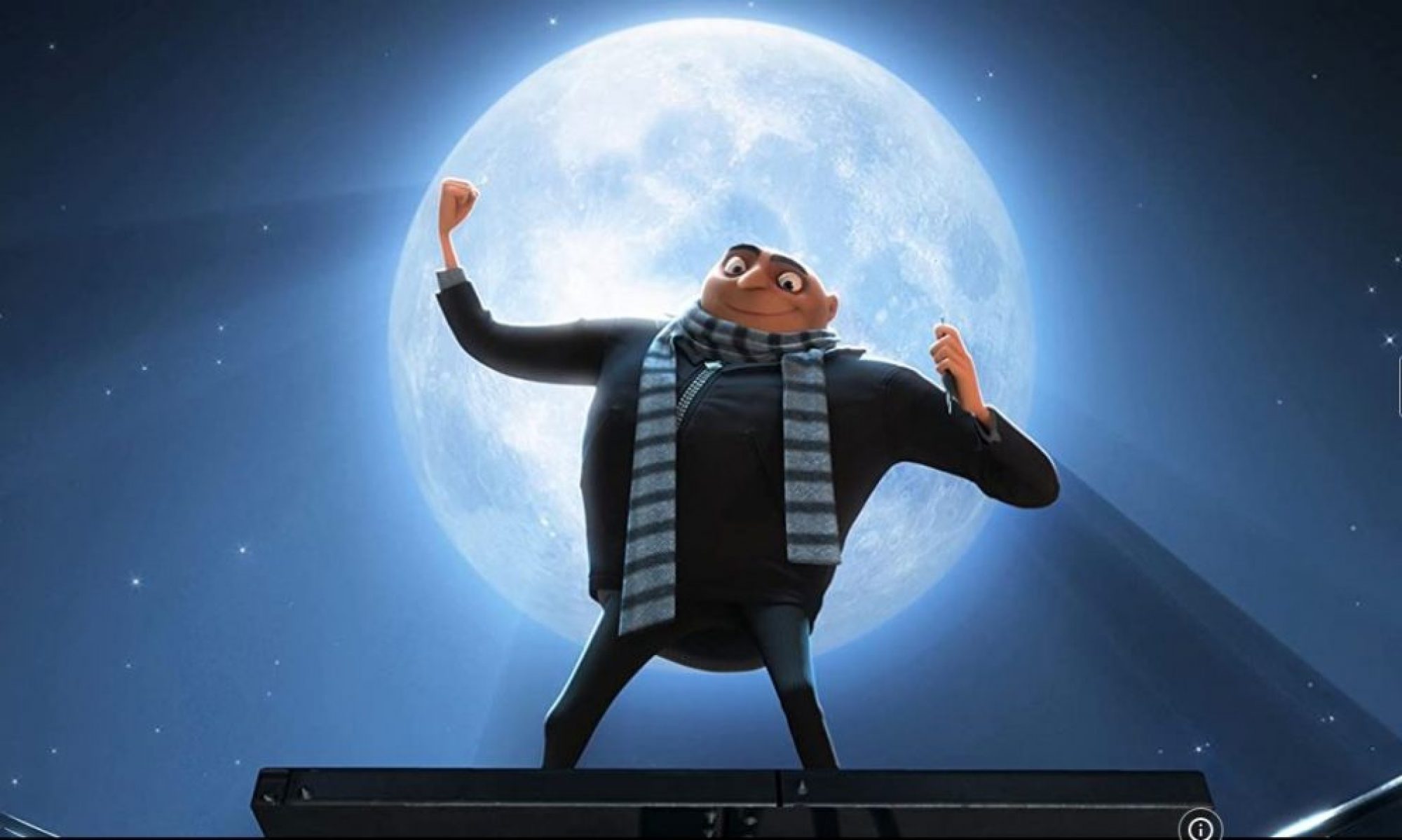What is it?
It is when culture is represented by visual images, still or moving. This area of study does not care specifically for aesthetics but for cultural meanings and ideas that can be illustrated in various ways. For example, someone with certain habits and ways can represent an entire culture or community just by the way that person acts or thinks.
In my opinion, visual culture is everywhere, the examples are endless. In film it is important to say something about someone or something without nothing being said at all, the idea of what that person represents is there even before that person talks. I began watching the series “the Crown” and just the main character, the queen has tons of characteristics and all of her background is a symbol of a certain culture, era, monarchy and background. Ofcourse, she does not need to have a crown in her head to know that she is queen, the way she talks, moves even deals with situations is something representative of her history and what she symbolizes.
Visual Metaphor
Also known as Analogical Juxtaposition, it is an idea, feeling or history represented by an object. For example, in the movie “The curious case of benjamin button” by James cameron, right at the beggining, as soon as the father of benjamin sees him, he runs away and abandones the baby in a care home. The baby represents death instead of a new life as the mother dies giving birth to the child.
Aesthetics
Aesthetics is the look and feel of a scene or image having the intention to make people feel confortable or unconfortable, like in horror movies in which the intention is to make the audience unconfortable or feel scared.
For example, the movie “Parasite” by Bong Joon-ho, represents the extremes of chinese society and how a very poor family enters their world by undignified actions. The house of the poor family is very dirty, doesn’t have much light and you can notice the dust in the air in the beams of light from the window and the house of the rich people is always clean, has a lot of space and light, it is organized – all this is part of the aesthetics of a film.
I don’t even have to say which house belongs to which family. This tells a story before anything else happens and it is extremelly important to make the audience feel the movie, like they are in it.
Color
Color is what makes the mood of a movie, if it is happy, scary, dramatic, romantic and so on. It can even indicate the change/evolution of a character throughout the movie, his intentions and dreams. There are numerous color techniques used in movies, but some directors make color part of their language and almost like their signature, like Wes Anderson in “Fantastic Mr. Fox” where the color palette is among, yellows, oranges, reds, browns – all the colors are very vivid and warm that indicates energy and perspicacity of the main character – Mr. Fox.
Rhythm
Rhythm is given by a group of things, like focal length, angle, movement, set dressing, the color, costumes, everything… It is aligned with the mise en scene meaning, it is part of it and everything else in front of the camera, the way the story tells itself.
For example, in class it was shown to us a very good example from the movie “The Grand Budapest Hotel” by Wes Anderson, when the character zero is interviewed by M. Gustave the scene starts outside and he does the interview while walking large steps and doesn’t really accept anything zero is saying, not really carying about anyone else other than himself and all that he as to do.
Conclusion
All these categories above mentioned are part of visual culture and are one of the most important aspects in movie making as they tell the story before a word is said. To us animators it is also something we have to know, if we are telling the story with the character and the space around it we have to know what other parts of a scene are talking too. We have to work together with the environment as it makes part of how a character moves and reacts to the world around it. As animators we give life and personality to things that most environments help build.

